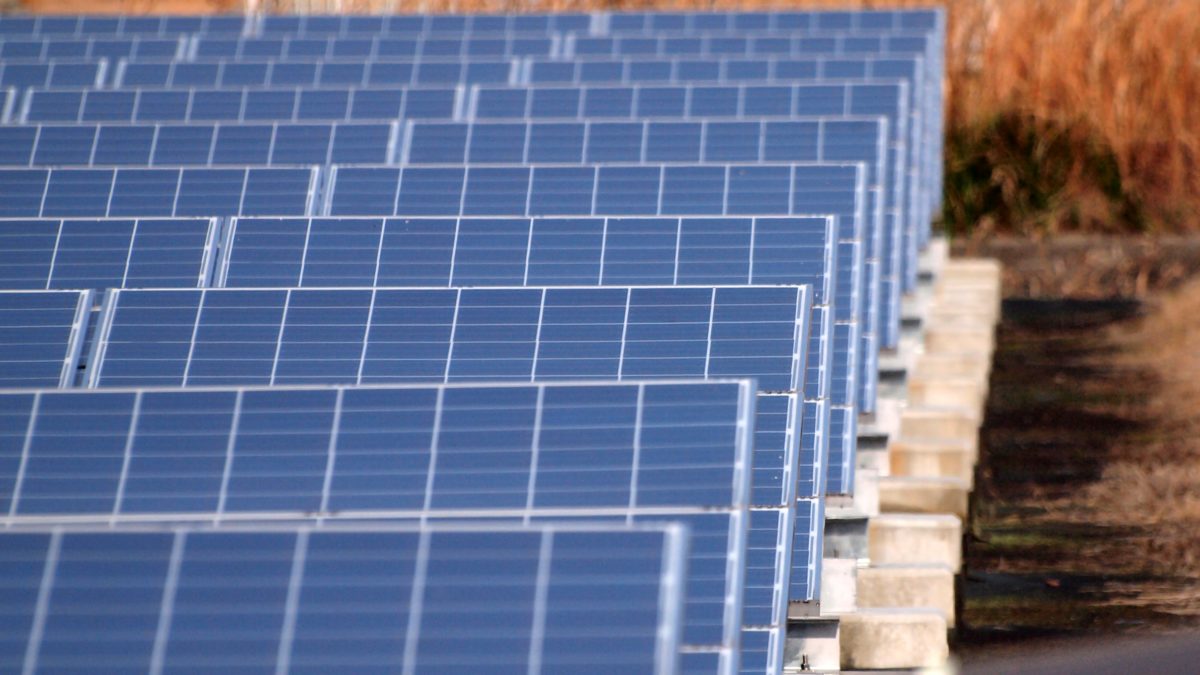A research team from Argentina’s National Scientific and Technical Research Council (CONICET) claims to have designed a new methodology to help investors evaluate risk-exposed solar projects. The researchers say their tool may bring to fruition projects exposed to risks related to competition, fuel and electricity price volatility, technological advances, environmental issues and unstable regulatory regimes, among other problems.
In the paper Valuation of defer and relocation options in photovoltaic generation investments by a stochastic simulation-based method, published on the ScienceDirect website, researchers claim traditional analytical approaches may have limitations when applied to power infrastructure investment in uncertain markets. “Unlike analytical approaches, simulation models are flexible and adapt well to the observed behavior of variables in the electrical market,” wrote the authors of the paper.
The Argentinian team state stochastic – random – simulation models adapt particularly well to market environments with sequential, interacting options, such as free electricity markets. Such models are usually applied to systems with variables that can change stochastically with individual probabilities.
Algorithm
The new methodology drawn up by the CONICET group is based on a simulation method for option pricing known as the Least Square Monte Carlo, an algorithm widely used for pricing American options by stepping back in time.
The researchers explain, their model was conceived to help investors assess the monetary value of deferring investment in an uncertain market or relocating a PV project to a more stable site. The authors of the paper say such mapping could help developers decide whether to invest, defer or abandon solar projects.
The results of their analysis suggested the option of relocating a PV project should never be neglected without thorough analysis. The research team claims the analysis of real options related to projects may see the deployment of plants which could have been prematurely rejected using traditional analytical approaches.
“Our results suggest that at present many PV investment projects are being discarded too early if classical net present value (NPV) rules are applied,” said paper co-author Rolando Pringles. “Decisions on solar investments are quite complex, as irreversibility, flexibility and uncertainty are deeply entangled.”
This content is protected by copyright and may not be reused. If you want to cooperate with us and would like to reuse some of our content, please contact: editors@pv-magazine.com.




1 comment
By submitting this form you agree to pv magazine using your data for the purposes of publishing your comment.
Your personal data will only be disclosed or otherwise transmitted to third parties for the purposes of spam filtering or if this is necessary for technical maintenance of the website. Any other transfer to third parties will not take place unless this is justified on the basis of applicable data protection regulations or if pv magazine is legally obliged to do so.
You may revoke this consent at any time with effect for the future, in which case your personal data will be deleted immediately. Otherwise, your data will be deleted if pv magazine has processed your request or the purpose of data storage is fulfilled.
Further information on data privacy can be found in our Data Protection Policy.